Magnets are always fun when used in science experiments and demonstrations. They are fairly inexpensive to buy and can be used in lots of creative ways. We still play with our magnet cars years after making them!
This simple dancing magnet activity uses a basic frame to hold a magnet in place while other magnets make it dance.
You'll need
6 strong paper straws
Elastic bands
String
Instructions
Create a pyramid frame with the straws and magnets.
Tie a piece of string to one magnet and hang it from the centre of the frame.
Place another magnet under the hanging magnet and watch it move.
Place magnets in different places around the frame and watch your swinging magnet dance.
Take a look at my other magnet experiments to learn more about magnetism.
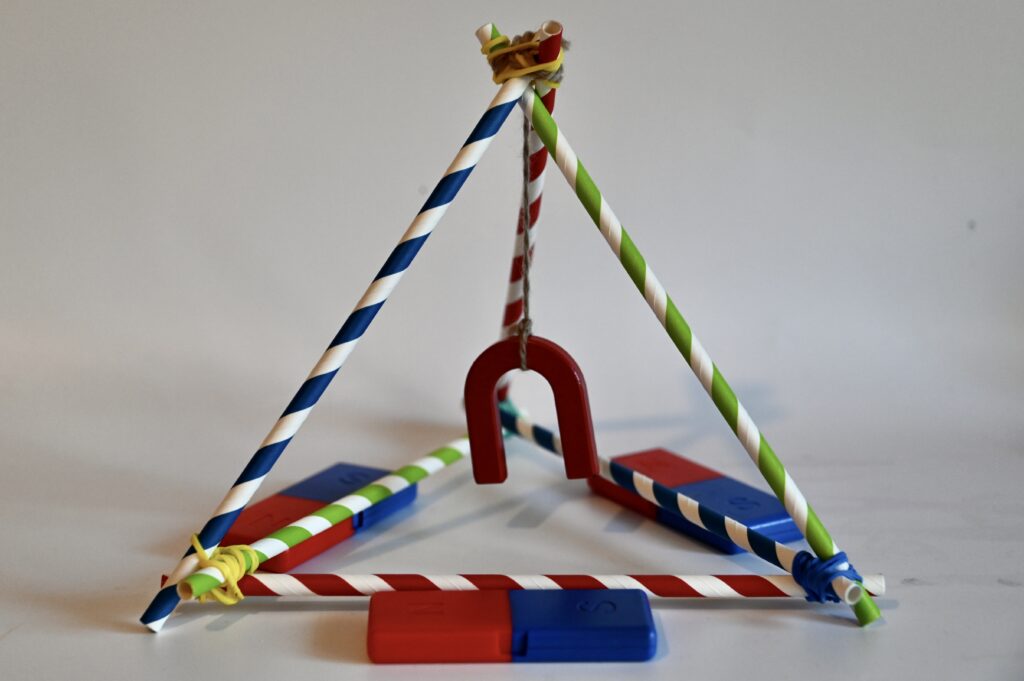
Quick magnet summary
Magnetism is an invisible field. We can't see it, but we can feel it when magnets are placed close to each other.
A magnetic field is the area where other magnets or magnetic materials experience a force.
Magnets have two ends called poles. A north pole and a south pole.
If you put two poles that are the same together, you can feel them pushing each other apart ( they repel each other ). Two different poles attract each other.
The lines on a magnetic field diagram show which way a force would act on a north pole at that point in the field. The closer together the lines are, the stronger the magnetic field.
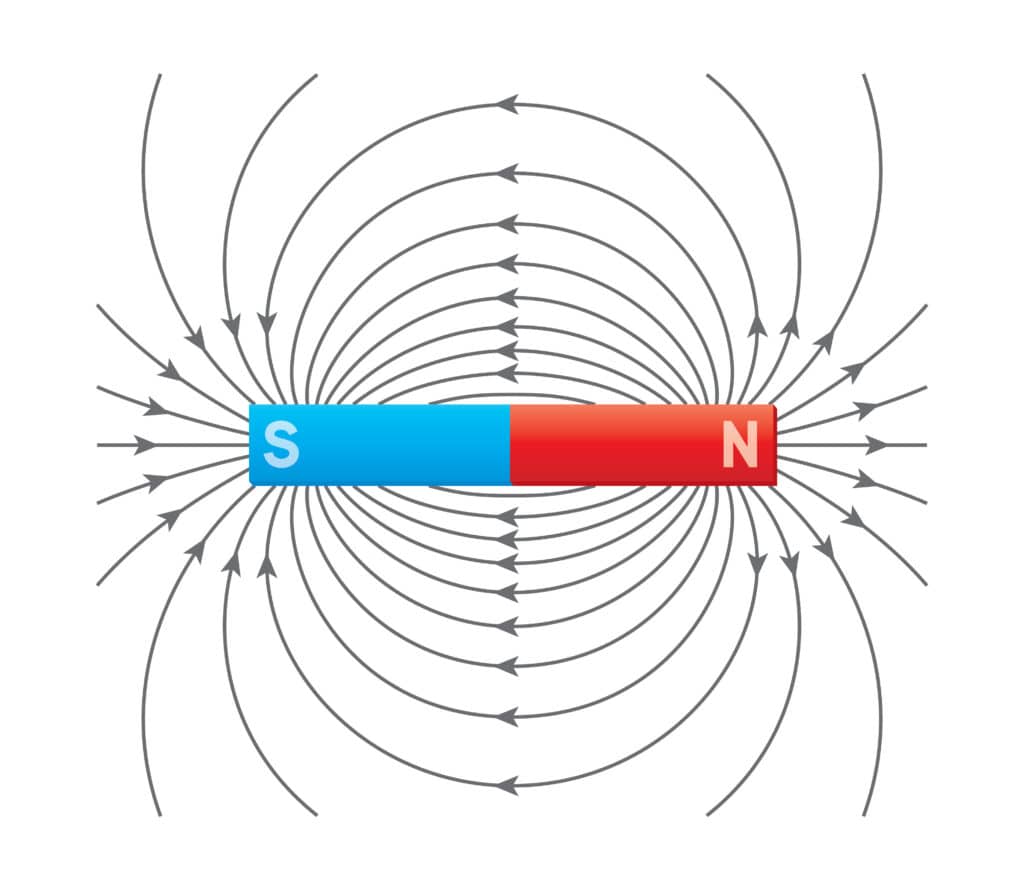
Types of magnets
Permanent magnets
These are made from a magnetised material and have a permanent magnetic field.
Electromagnet
Magnets can also be created using electricity. This type of magnet is called an electromagnet. The magnetic field only exists when an electric current is flowing. Electromagnets are helpful as the magnetic effect can be turned on and off.
Rare Earth Magnets
These are very strong magnets made from rare earth elements such as neodymium and samarium.
Fun facts about magnets
Some animals can sense magnetic fields. This is called magnetoreception.
The further away from a magnet you get, the weaker the field is.
Magnets were used in compasses over 2000 years ago in China! You can make a compass with a magnet, a steel needle and a bowl of water.
The Earth's magnetic field is generated by its molten iron core.
When not near a magnet, compasses always point to the Earth's North Pole.
Every magnet has a north and south pole.
Magnets can be used to make objects appear to float! Maglev ( magnetic levitation ) trains use magnets to float above the tracks. This gives a smoother, quieter ride and the ability to travel faster than traditional trains.
Magnets can be demagnetised by hammering. The force of the hammering makes molecules inside magnets lose their north-south alignment.
Magnets can also be demagnetised by heating.
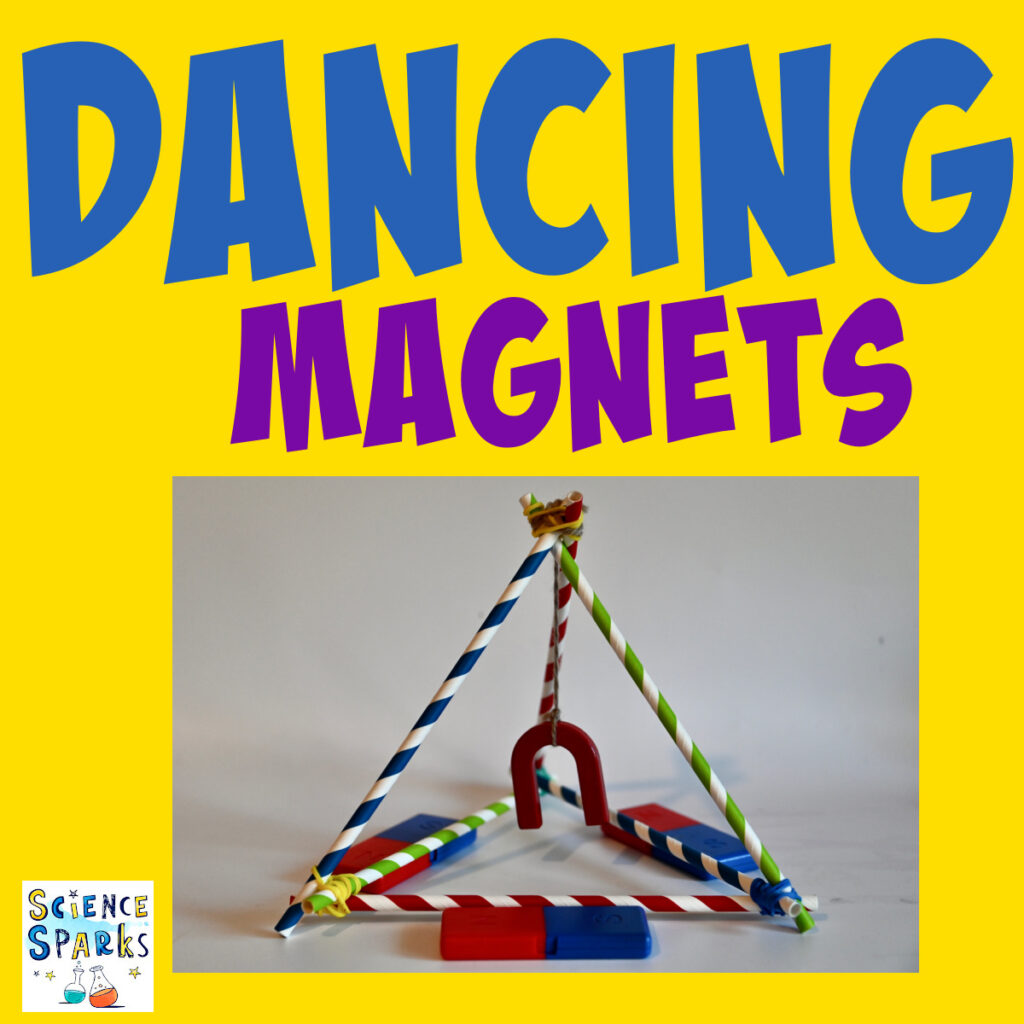
Last Updated on September 18, 2025 by Emma Vanstone

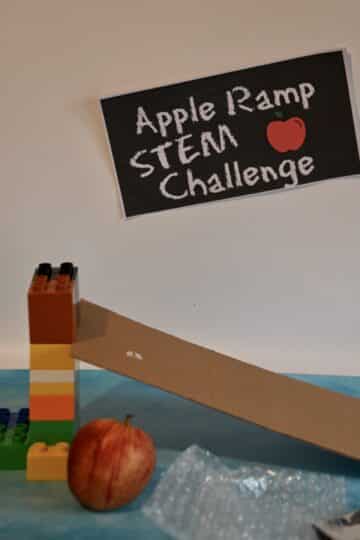
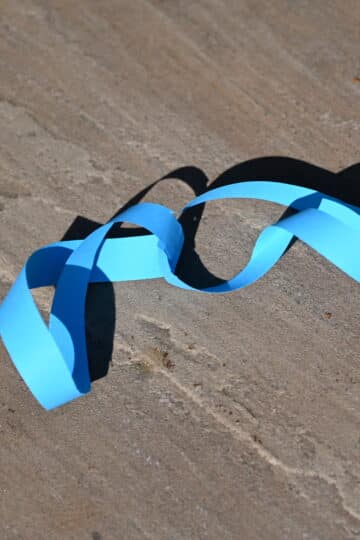
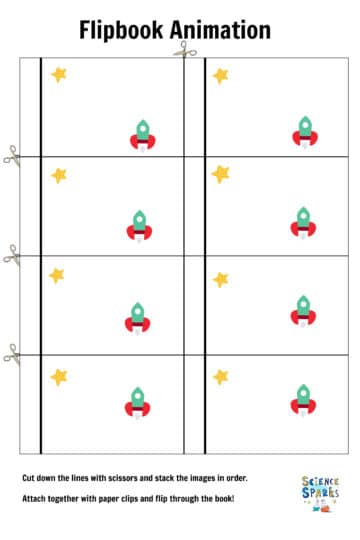
Leave a Reply